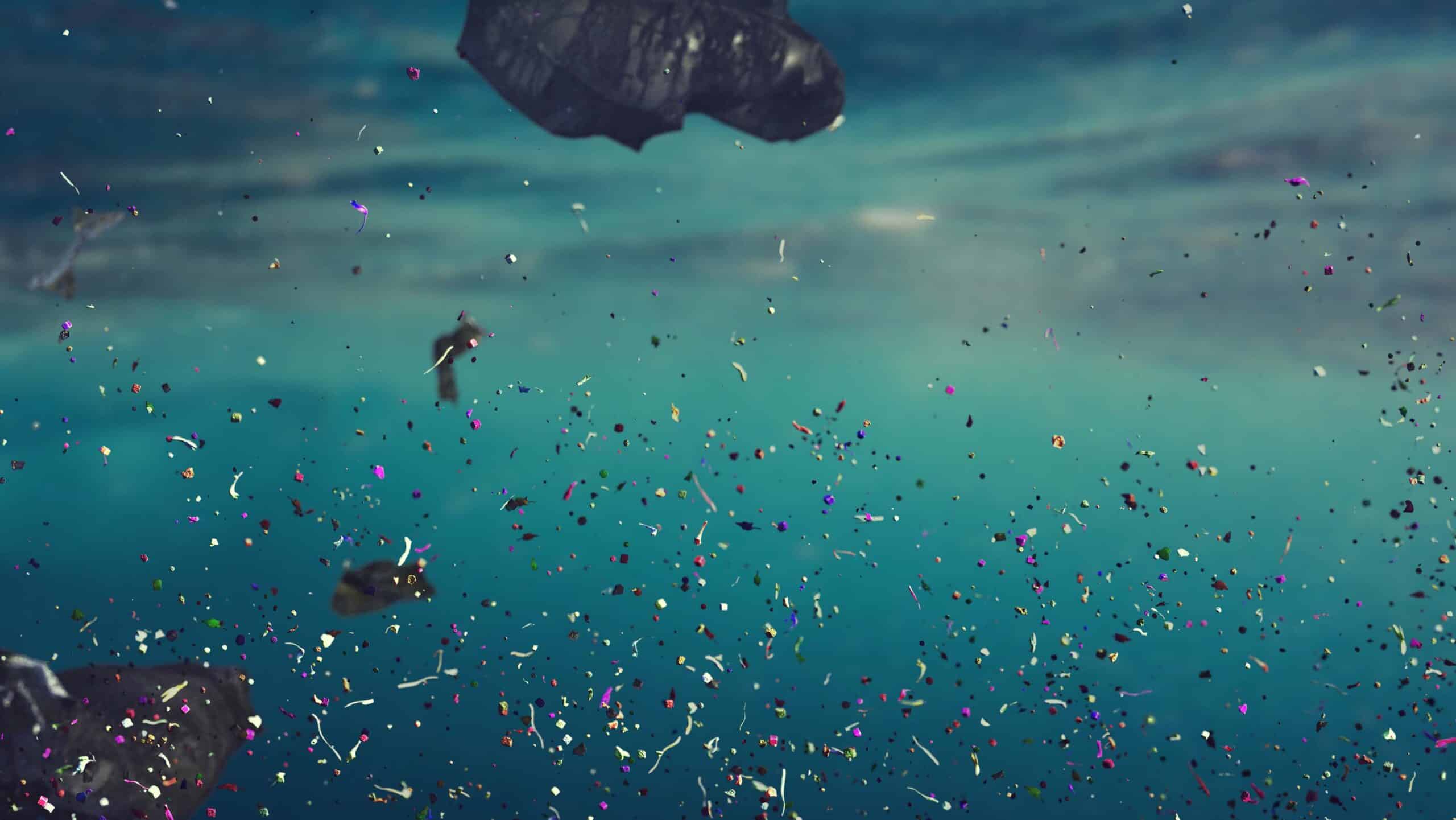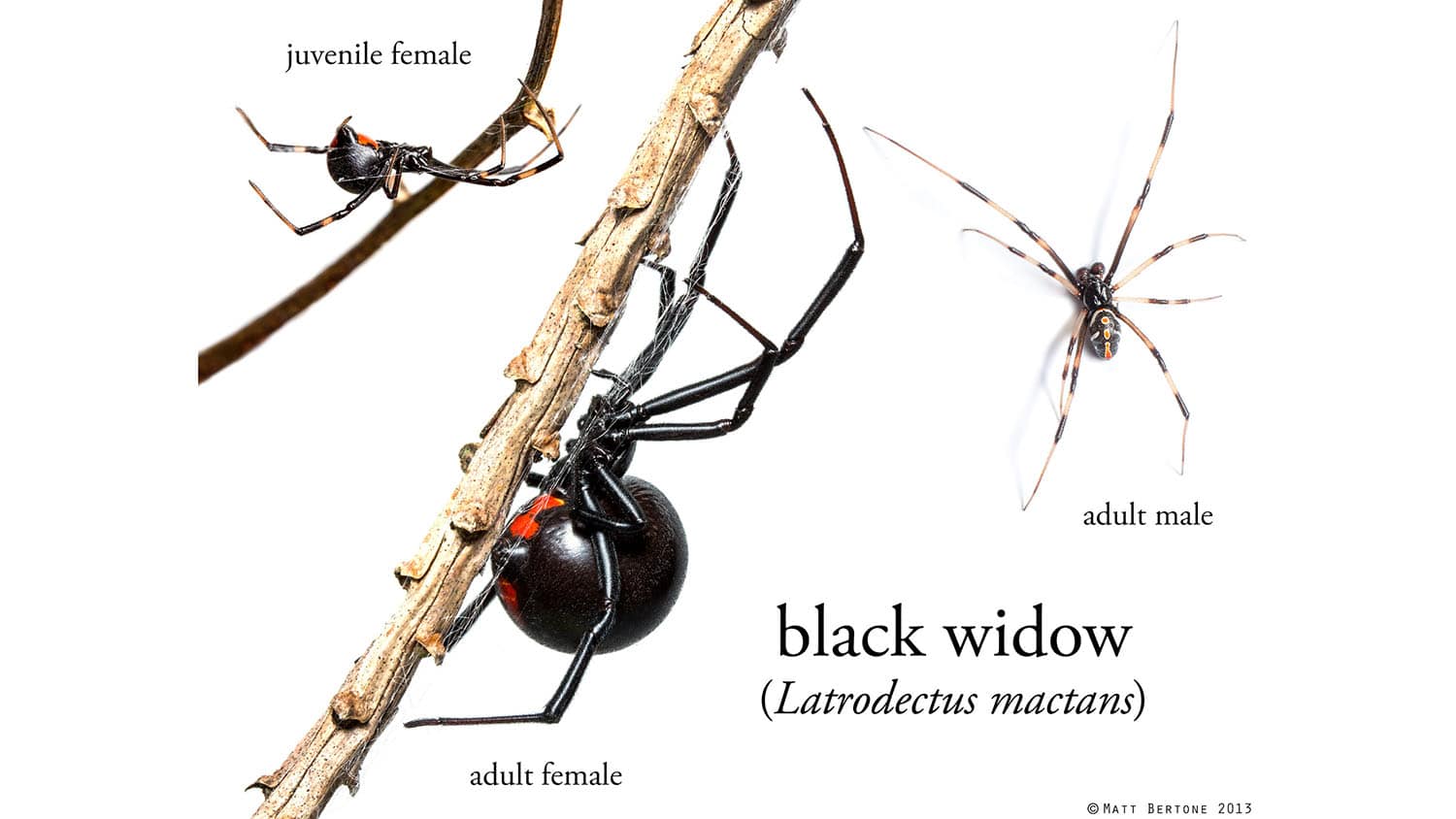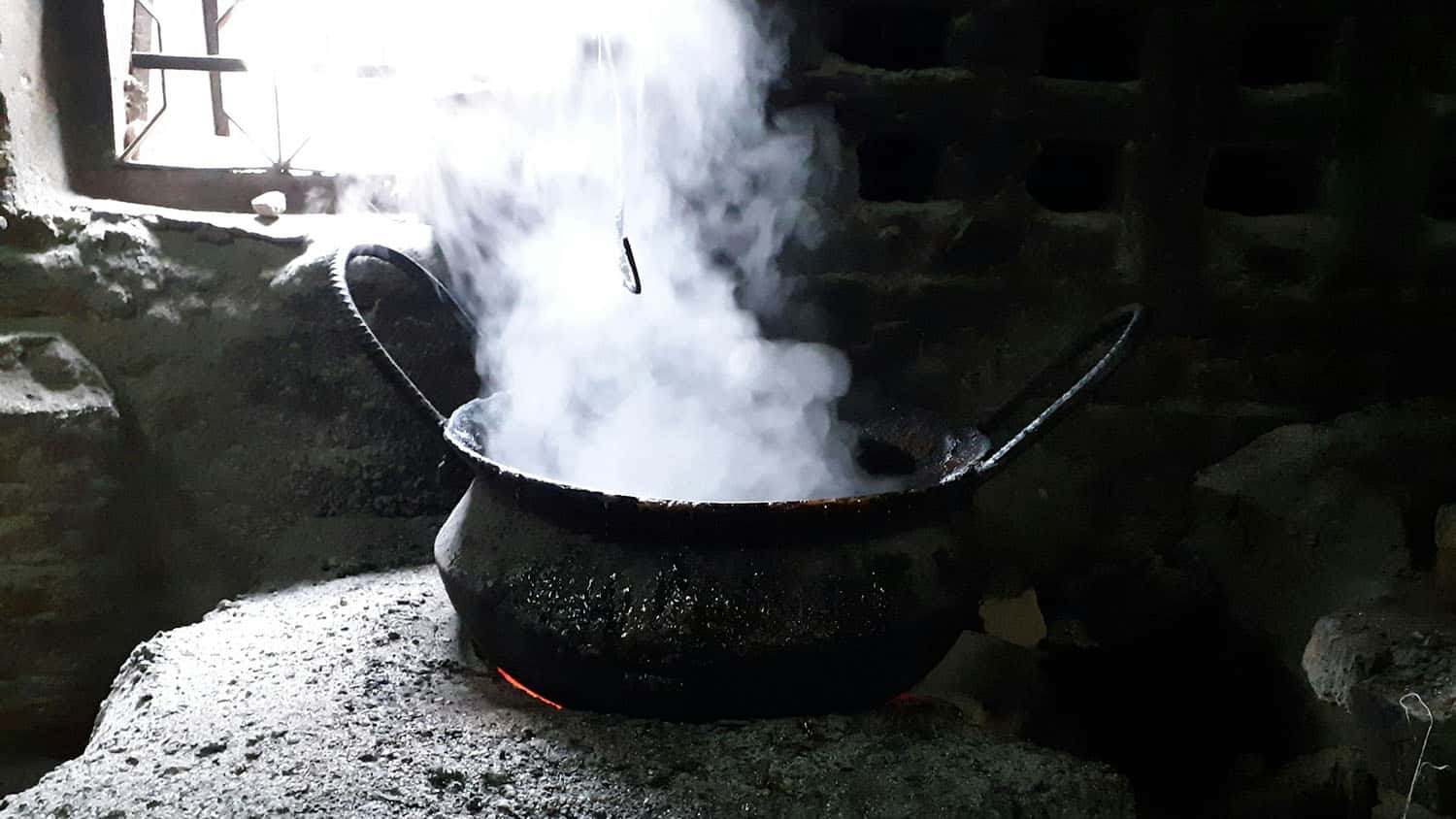Cretaceous Cold Case No. 2, Part 1: It’s a Trap?
This is part one of the second post in a series called “Cretaceous Cold Cases” in which the science of taphonomy, or prehistoric forensics, is explained using fascinating cases from the files of Terry “Bucky” Gates, a research scientist with a joint appointment at NC State and the North Carolina Museum of Natural Sciences. Part 2 can be found here.
Sometimes a dinosaur’s name just doesn’t seem to fit. Take Allosaurus fragilis, for example. At first glance you wouldn’t find anything fragile about this guy. He was a 10-meter-long ferocious carnivore, with a narrow snout full of knife-like teeth. These dinosaurs roamed the American West 150 million years ago. But for all of their fearsome attributes, it turns out that Allosaurus was as fragile as the rest of us. A fossil site in Utah containing at least 48 Allosaurus fragilis fossils is proof of that. How did so many predators end up in one place? That’s what I needed to find out.
My name is Bucky Gates, and I’m a taphonomist.
The Cleveland-Lloyd Dinosaur Quarry is out in the middle of nowhere near the town of Price, Utah. But location is just one of the things that make this national landmark such a cool place. The others are the new visitor center and its Bureau of Land Management steward Mike Leschin. Behind the museum lie two rectangular sheds that protect the exposed portions of the quarry. This way, researchers can work year- round and fossil poachers are thwarted.
But in the early 1900s, none of those features existed. If you were a fossil hunter, local shepherds would direct you a few miles east of Cedar Mountain where piles of black bone eroded from the hill. In fact, that is how the first excavations by the University of Utah began in the mid-1920s.
Here’s where the mystery begins. From the earliest excavations, paleontologists recognized that something was different about the quarry, because almost every bone excavated was from a carnivorous dinosaur. In modern ecosystems, carnivores make up only a small percentage of the animals, and unless dinosaurian ecosystems were vastly different from ours, then carnivorous dinosaurs were also only a small percentage of the animals alive in the Mesozoic.
Something strange was going on at the Cleveland-Lloyd Dinosaur Quarry. How did all of these carnivorous dinosaurs become buried there?
This question plagued paleontologists for over half a century. Eventually, investigators used three pieces of evidence to come to a single conclusion.
Exhibit A: There were over 54 individual carnivorous dinosaurs at the site (at least 48 Allosaurus, one Ceratosaurus, one Torvosaurus, two Stokesosaurus and two Marshosaurus).
Exhibit B: There were approximately 16 individual herbivores at the site (five Stegosaurus, five Camptosaurus, one Barosaurus, and five Camarasaurus).
Exhibit C: All of the dinosaurs are buried in silty-clay sediment that was laid down on the bottom of a pond or lake.
Conclusion: Evidence suggests a predator trap.
A predator trap is a situation where an animal gets stuck in mud, tar or any sticky substance and predators wade into the muck to eat the hapless prey, only to become permanently trapped themselves. The La Brea tar pits are one of the most famous examples of this phenomenon. Since predators aren’t picky – they don’t care if they eat herbivore or carnivore meat – the hypothesis is that these predator traps will attract more and more predators, skewing the ratio of animals to one different from the real ecosystem.
But something about this conclusion seemed off, and I wanted to investigate further. So a team from the University of Utah excavated for two summers to collect the most detailed data yet on the preservation of bones at the Cleveland-Lloyd Dinosaur Quarry.
Tomorrow, I’ll tell you how more prehistoric forensic evidence and a different question completely changed how we think about the death of these dinosaurs. Go here for part 2.



